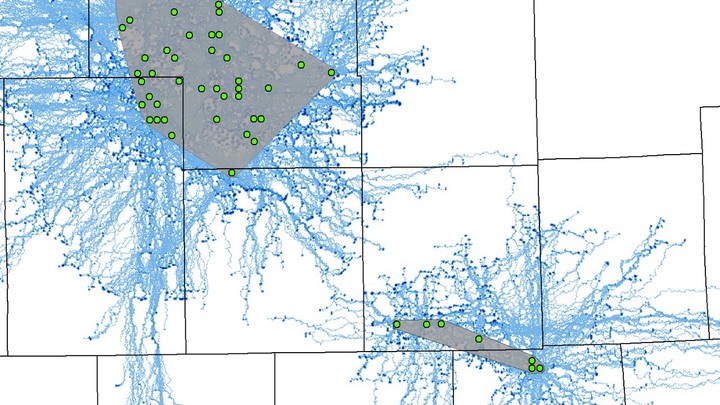
Traditional methods to assess landscape connectivity often fail to address functional connectivity, that is they fail to consider the behavioral patterns and movement ecology of the species of interest. In contrast, agent based models (ABMs) easily accomodate complex behaviors, social interactions, and stochasticity in animal-environment interactions. Here we build a spatially explicity ABM to model deer disperal and assess functional connectivety between two disparate zones of Chronic Wasting Disease detection in Michigan.